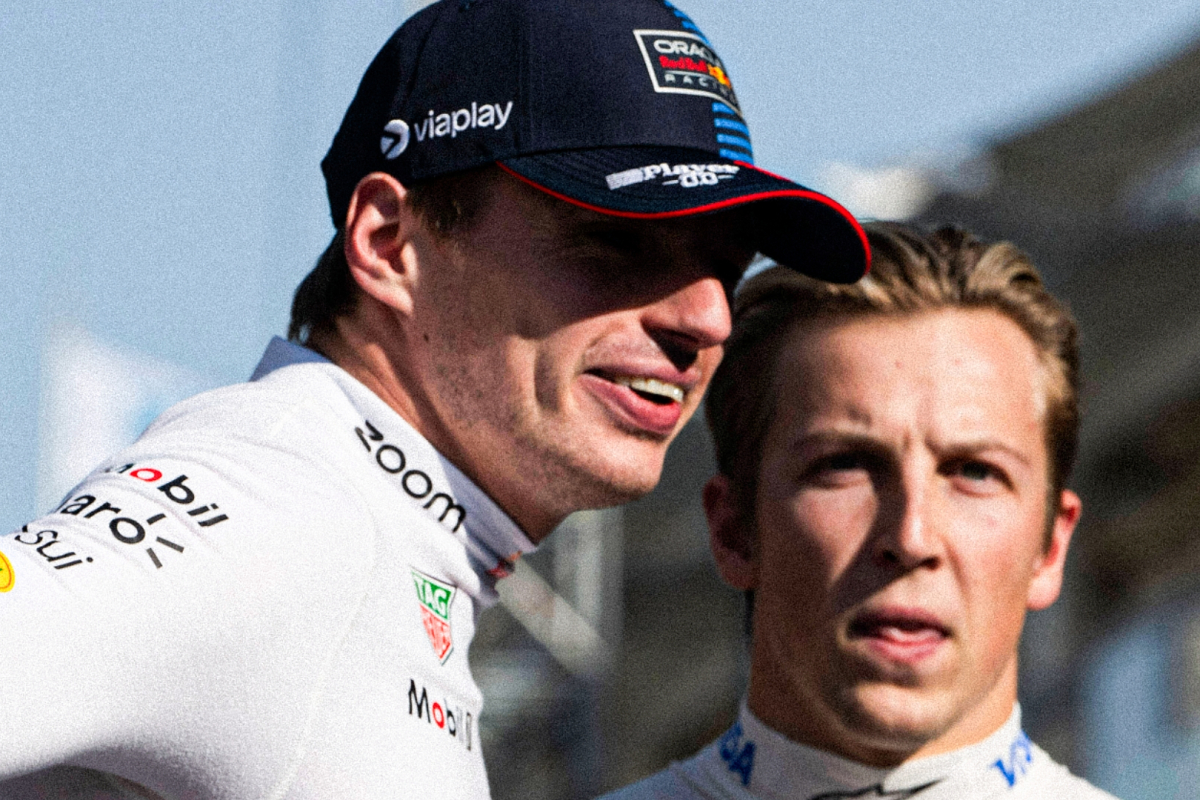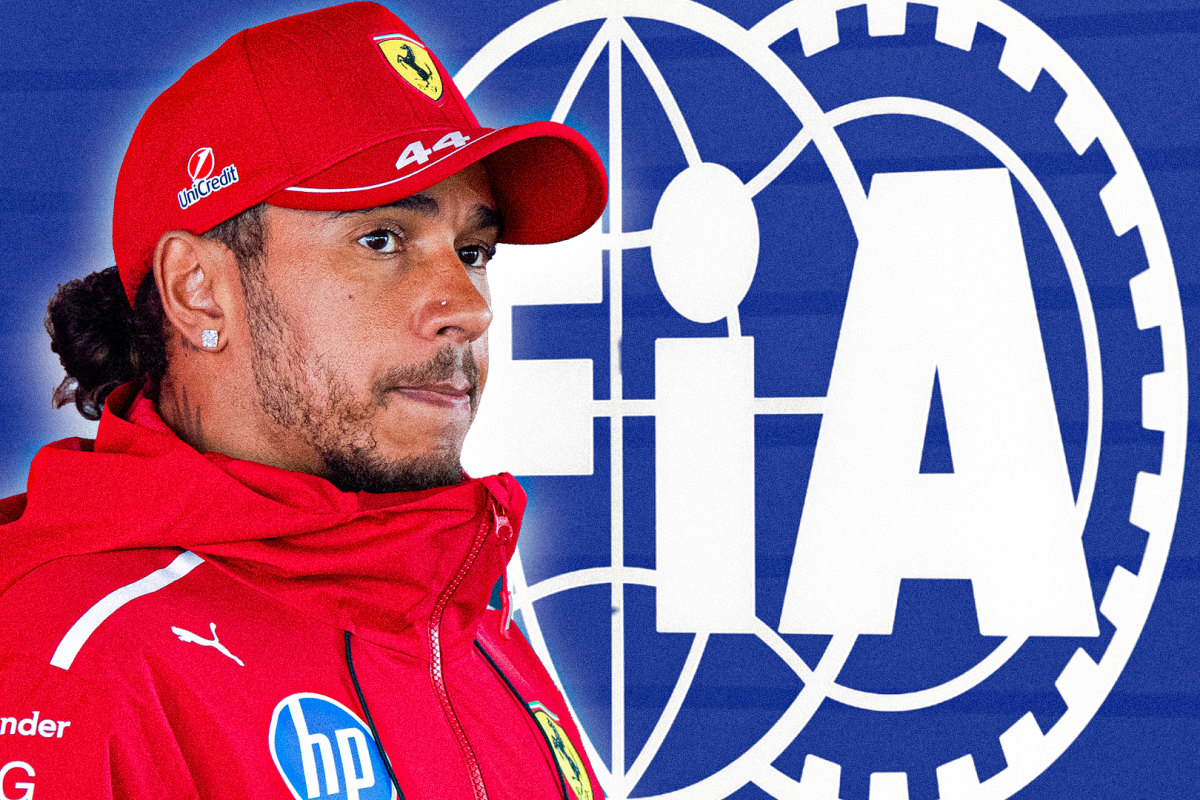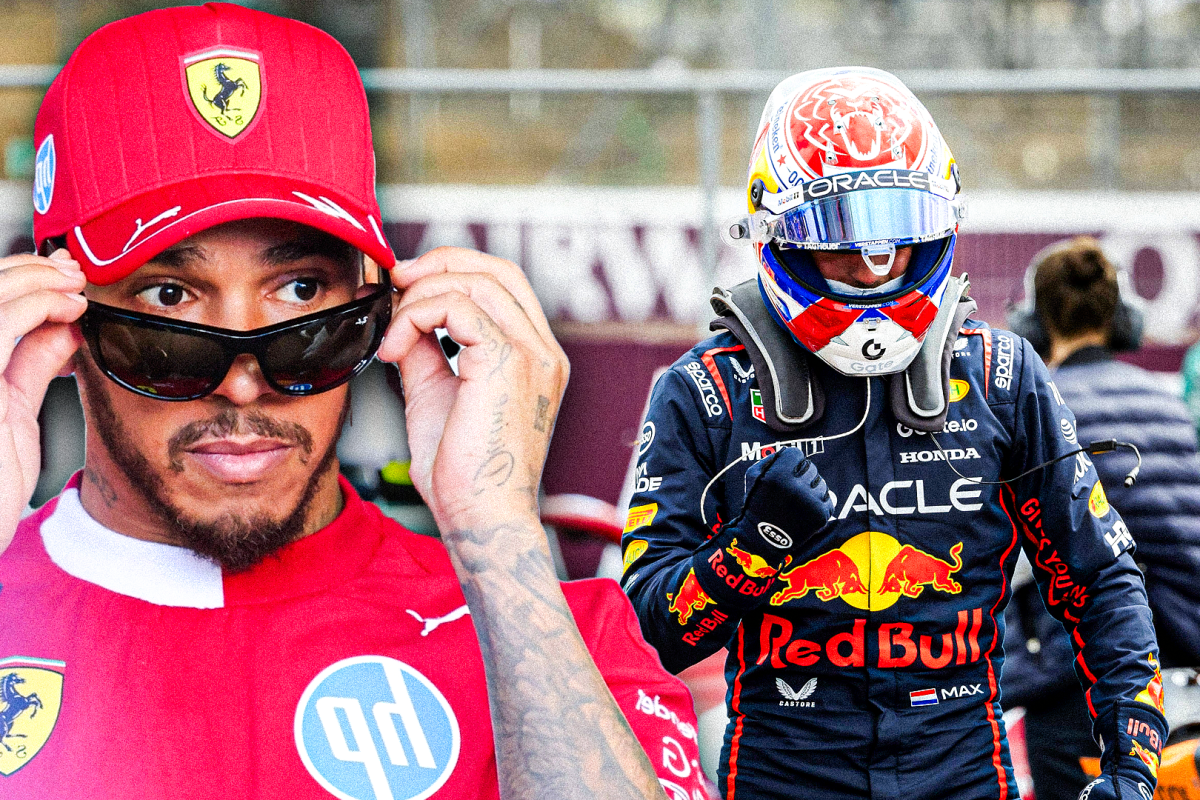FIA make LATE CHANGE to Saudi GP following…..read more
In a surprising development following the Saudi Arabian Grand Prix, the FIA has released an updated version of the official race classification, introducing a late adjustment that has affected the finishing order. This revision stems from a time penalty issued to Liam Lawson, who was found in breach of a specific regulation, resulting in a 10-second time penalty being applied after the conclusion of the race.
The decision, which emerged after a detailed post-race investigation, caused a reshuffle in the final standings. Although the main podium positions remain unchanged, the alteration has had an impact on the lower points-scoring positions, which could carry significant implications for both the drivers’ and constructors’ championship battles as the season progresses.
Liam Lawson, who had impressed with a strong and consistent performance throughout the weekend, was found to have violated a procedural rule related to how drivers must rejoin the race after going off-track. According to the FIA’s report, Lawson failed to return to the track in a manner deemed safe and in compliance with Article 27.3 of the FIA Sporting Regulations. This article outlines the mandatory procedure for rejoining the circuit without gaining an advantage or compromising safety.
The stewards, upon reviewing footage and telemetry data, concluded that Lawson had not adhered to this clause, and as a result, the penalty was imposed. What makes this incident more intriguing is that the regulation in question contains a “special clause” that grants race stewards discretionary powers to issue post-race time penalties in such circumstances — a clause that is rarely invoked unless a clear safety breach or advantage is determined.
This special clause has now come into focus, as it played a crucial role in the stewards’ final verdict. While Lawson’s team argued that there was no intent to gain an advantage and that the rejoining move was carried out cautiously, the FIA emphasized its responsibility to enforce rules consistently and ensure that all drivers compete on a level playing field.
The decision has sparked discussion within the F1 community, with fans and pundits weighing in on whether the penalty was justified or overly harsh. While some believe that the FIA made the right call to preserve the integrity of the sport and prioritize safety, others have suggested that the incident was minor and did not merit such a significant punishment, especially after the race had concluded.
As a result of the 10-second penalty, Lawson dropped several positions in the final classification, allowing other drivers to move up the order. This shift has affected the distribution of championship points, which could prove crucial later in the season, particularly for midfield teams battling for position in the constructors’ standings.
This isn’t the first time a post-race penalty has led to changes in the final race order, but the timing and context of this adjustment have drawn particular attention. With Formula 1 increasingly focused on transparency and consistent application of rules, the FIA has been under scrutiny for its decisions. In this case, the governing body has released a detailed explanation alongside the final race classification to ensure that fans and teams understand the reasoning behind the late decision.
In a broader context, the incident underscores the importance of procedural compliance in modern Formula 1. As regulations become more nuanced and data-driven, even minor deviations can have significant consequences. Teams are now expected to prepare their drivers thoroughly to handle all scenarios — including those involving off-track excursions and safe re-entry procedures.
Looking ahead, it will be interesting to see how teams respond to this enforcement of the rejoining rule. The case may prompt discussions in upcoming drivers’ briefings and could lead to further clarification or adjustments to the regulation if the FIA feels it necessary to avoid similar controversies in future races.
For now, the updated result of the Saudi Arabian Grand Prix stands, with Liam Lawson’s penalty officially applied. While the front-runners remain unaffected, the ripple effects of this decision are likely to be felt throughout the paddock, serving as yet another reminder of how every detail counts in the high-stakes world of Formula 1.




